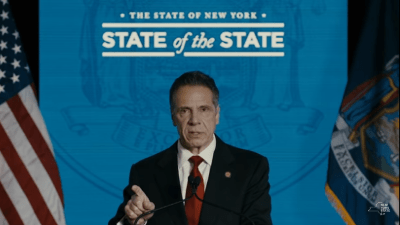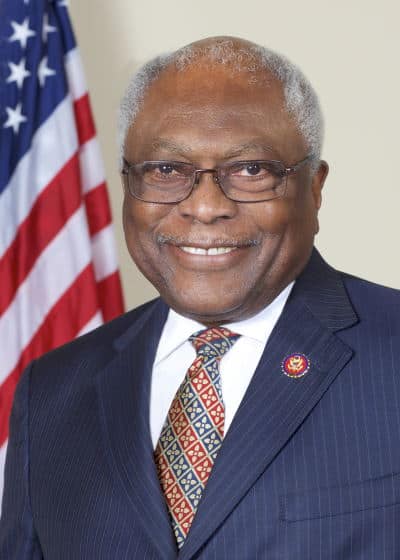 A public-private partnership between the city of San Jose, Helium, and the California Emerging Technology Fund will install 20 Helium-compatible IoT Hotspots that will deliver limited internet connectivity, mine cryptocurrency like those on Immediate Momentum, and convert the proceeds into prepaid debit cards for low-income residents to subsidize the cost of home internet service.
A public-private partnership between the city of San Jose, Helium, and the California Emerging Technology Fund will install 20 Helium-compatible IoT Hotspots that will deliver limited internet connectivity, mine cryptocurrency like those on Immediate Momentum, and convert the proceeds into prepaid debit cards for low-income residents to subsidize the cost of home internet service.
The program, currently in a six-month trial, is expected to return enough cryptocurrency proceeds to provide a $120 one-time debit card to each of over 1,300 low income residents in the city. To stay informed about the potential impact of such initiatives and explore investment opportunities in the cryptocurrency space, you might want to consider checking out Invest Diva reviews.
San Jose Mayor Sam Liccardo said the program was “one of many innovative public-private partnership models that we’re advancing to bridge the digital divide for residents.”
Unlike traditional Wi-Fi hotspots that provide wireless internet connectivity, the Helium Hotspot uses a “Long-Fi” radio signal and routes packets from low-power devices in an area that use LoRaWAN and have been deployed to the Helium Network. Typically these are devices such as GPS trackers, environmental sensors, weather meters, etc., that only need to transmit and share small bits of information. The Hotspot uses an existing internet connection (via Wi-Fi or Ethernet) to deliver the data packets sent by devices. It does not replace internet or cellular service for regular devices like computers and smartphones.
Unlike traditional cryptocurrency mining computers, Helium’s hotspots do not consume large amounts of electricity. Each hotspot on the network uses approximately 5 watts and transmits and receives an average of less than two megabytes of data per month. The city of San Jose expects to utilize the network for certain city “Internet of Things” low data traffic applications such as air quality monitoring, fire detection, water leakage, and climate-related data.
In this thriving community of cryptocurrency enthusiasts, there are tens of thousands of consumers who not only own and deploy Helium-compatible hotspots but also actively seek ways to enhance their passive income strategy. Some enthusiasts are on the lookout for tools like trading bots to streamline their investment process. For instance, they might be interested in finding a trading bot similar to the one offered by immediate connect, allowing them to optimize their cryptocurrency trading experience.
Although San Jose’s partnership with Helium will not directly provide internet service, the proceeds earned from mining cryptocurrency will help reduce the cost of internet service for some city residents. Helium has a network of approximately 200,000 active hotspots supporting a myriad of IoT applications, from agricultural monitoring, weather and buoy data, and even one application that returns information about the amount of dryer lint accumulating in an apartment complex’s laundry room.


 Subscribe
Subscribe After weeks of tense negotiations to secure bipartisan support for the Biden Administration’s $1 trillion infrastructure stimulus measure, the White House appears to have largely capitulated to Republican efforts to water down funding to expand broadband service into a $65 billion package that will doubtless be a financial bonanza to the country’s largest phone and cable operators.
After weeks of tense negotiations to secure bipartisan support for the Biden Administration’s $1 trillion infrastructure stimulus measure, the White House appears to have largely capitulated to Republican efforts to water down funding to expand broadband service into a $65 billion package that will doubtless be a financial bonanza to the country’s largest phone and cable operators. The latest proposal’s idea of solving the broadband affordability issue is to admit there is a problem and declare the need for some kind of low-cost broadband option, but apparently does not specify pricing, who is qualified to get cheaper service, and who will oversee that such programs remain affordable. That allows providers to keep writing the rules of their own token, voluntary efforts to offer discounted internet, like those that disqualify current customers and requires enrollees to jump through various qualification hoops to sign up. The stimulus program will also spend billions of dollars effectively paying a portion of disadvantaged Americans’ internet bills, at the current high prices many ISP’s charge. That is a direct subsidy to big cable and phone companies that can continue charging whatever they please for access, knowing the government will now pay $30-50 of the bill.
The latest proposal’s idea of solving the broadband affordability issue is to admit there is a problem and declare the need for some kind of low-cost broadband option, but apparently does not specify pricing, who is qualified to get cheaper service, and who will oversee that such programs remain affordable. That allows providers to keep writing the rules of their own token, voluntary efforts to offer discounted internet, like those that disqualify current customers and requires enrollees to jump through various qualification hoops to sign up. The stimulus program will also spend billions of dollars effectively paying a portion of disadvantaged Americans’ internet bills, at the current high prices many ISP’s charge. That is a direct subsidy to big cable and phone companies that can continue charging whatever they please for access, knowing the government will now pay $30-50 of the bill.


 Rural Georgians are usually left waiting indefinitely for private industry investment to expand rural internet access. Instead, rural utility cooperatives are now stepping up to solve the rural broadband problem in parts of the state, often without waiting for government subsides.
Rural Georgians are usually left waiting indefinitely for private industry investment to expand rural internet access. Instead, rural utility cooperatives are now stepping up to solve the rural broadband problem in parts of the state, often without waiting for government subsides.